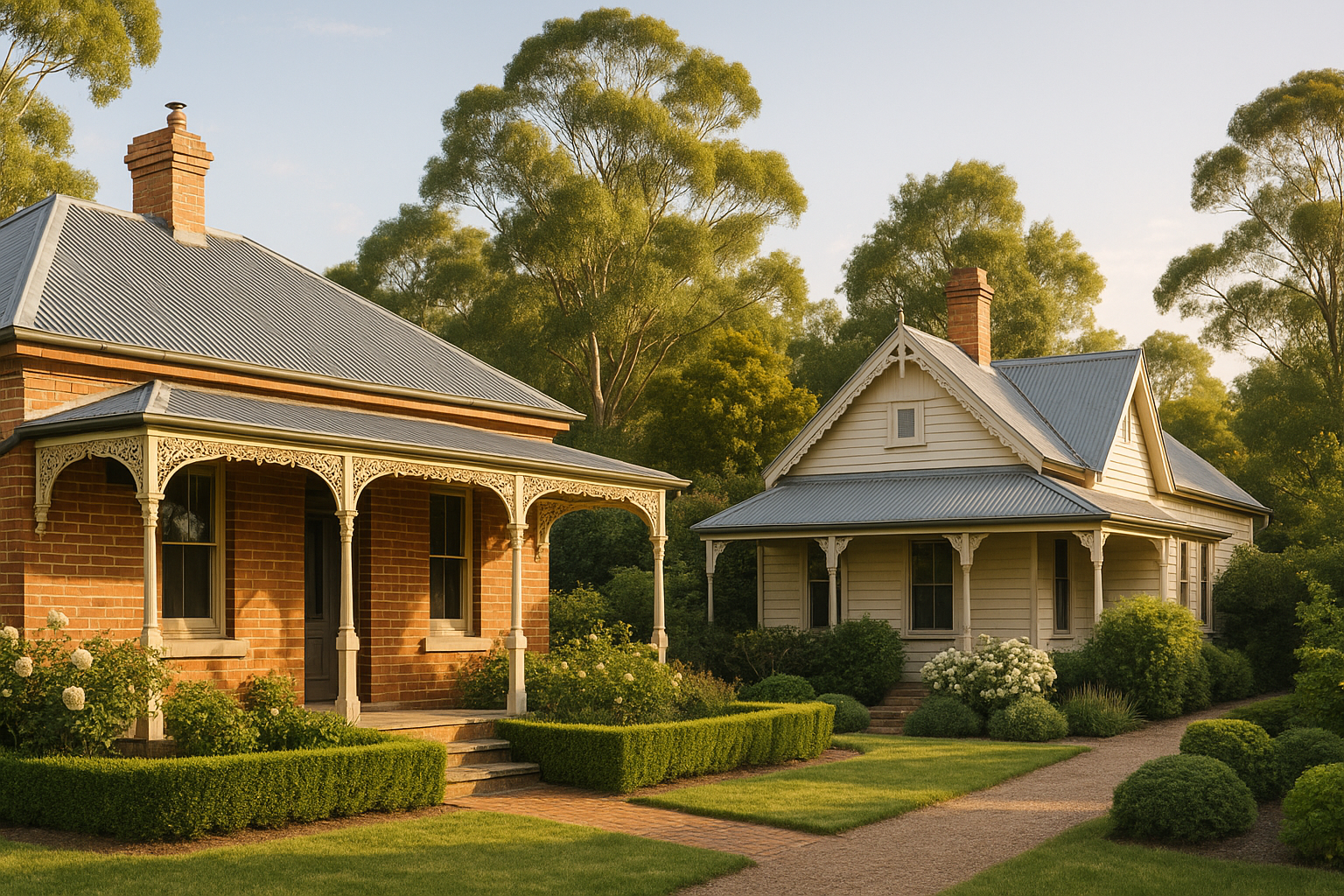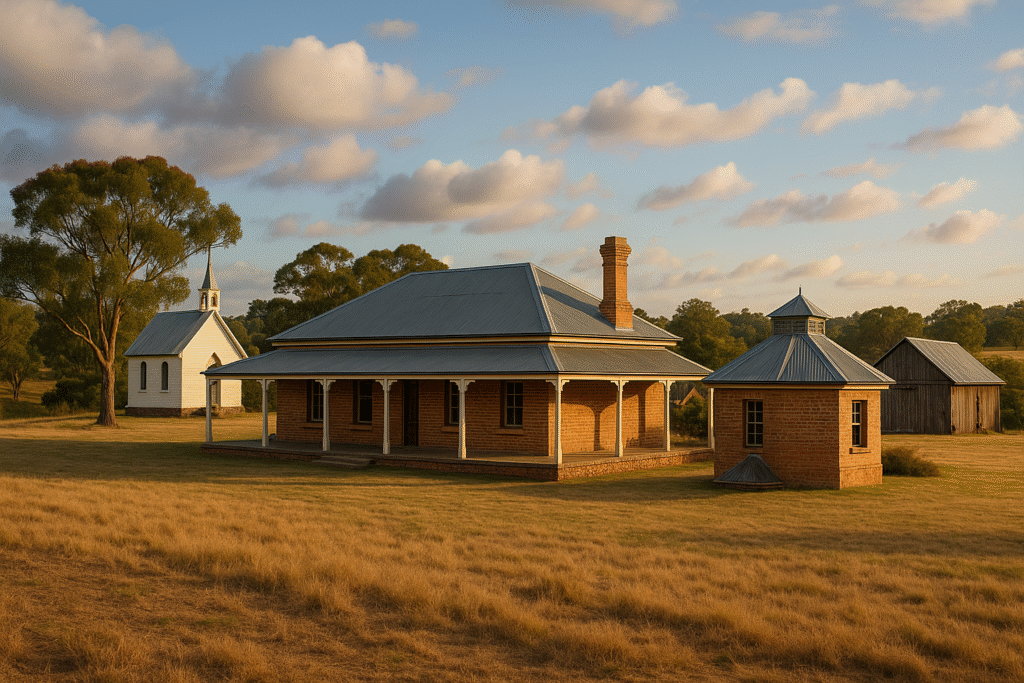Australia, a land of diverse cultures and stunning landscapes, is home to a rich tapestry of architectural styles that reflect its unique history and environment. From the bustling urban centers of Sydney and Melbourne to the serene expanses of the Outback, Australian architecture is a harmonious blend of indigenous influences and colonial heritage, all reimagined through modern innovation. As the sun casts its golden hue over the iconic Sydney Opera House, it is evident that the secrets of traditional Australian architecture continue to inspire contemporary designs, offering timeless elegance and functionality.
Harmonizing with Nature
One of the most captivating elements of traditional Australian architecture is its seamless integration with the natural environment. Early settlers and indigenous cultures alike understood the importance of building structures that were not only functional but also in harmony with their surroundings. This principle is evident in the use of natural materials such as timber, stone, and clay, which help to create a sense of unity between the built environment and the landscape.
Modern architects continue to draw inspiration from this approach, crafting designs that embrace sustainability and ecological sensitivity. The use of locally sourced materials, energy-efficient technologies, and passive solar design are just a few ways that contemporary Australian architecture remains rooted in the traditions of the past while looking toward the future.
The Influence of Indigenous Culture
Indigenous Australians have a profound connection to the land, which is beautifully reflected in their architectural traditions. Structures such as the yurt-like gunyah and the dome-shaped humpy were designed with a deep understanding of the climate and environment, providing shelter and comfort through natural ventilation and thermal efficiency.
Contemporary architects are increasingly recognizing the value of these indigenous design principles, incorporating them into modern Australian architecture to create spaces that are both sustainable and culturally respectful. This fusion of old and new not only honors the rich heritage of the land’s original inhabitants but also enriches the architectural landscape with a diversity of forms and ideas.
Colonial Influences and Adaptations
The colonial era brought with it a wave of European architectural styles that were quickly adapted to suit the Australian climate and lifestyle. Georgian, Victorian, and Federation styles are all hallmarks of this period, characterized by their symmetrical facades, wide verandas, and intricate detailing.
Today, these historical styles continue to captivate designers, who reinterpret their classic elements to create homes and public buildings that are both nostalgic and innovative. This blending of old-world charm with contemporary design sensibilities is a testament to the enduring appeal of traditional Australian architecture.
The Quintessential Veranda
Perhaps one of the most iconic features of Australian architecture is the veranda, a staple of both rural homesteads and urban terraces. Originally designed to provide shade and a cool retreat from the harsh sun, verandas have evolved into versatile spaces that blur the lines between indoor and outdoor living.
Modern architects embrace this concept by incorporating expansive terraces, balconies, and alfresco areas into their designs, creating seamless transitions between the home and garden. This emphasis on outdoor living not only enhances the aesthetic appeal of a space but also fosters a strong connection to the natural environment.

Innovative Roofing Solutions
Traditional Australian architecture is renowned for its innovative roofing solutions, which were developed in response to the diverse climatic conditions across the continent. From the steeply pitched roofs of the southern states designed to shed rain, to the flat and insulated roofs of the arid north, these adaptations showcase a pragmatic approach to design.
Contemporary architects continue to explore these roofing techniques, experimenting with materials and forms that enhance both functionality and aesthetic appeal. Green roofs, solar panels, and skylights are just a few examples of how modern Australian architecture builds upon traditional wisdom to create energy-efficient and visually striking structures.
The Use of Color and Texture
Color and texture play a pivotal role in traditional Australian architecture, with ochres, earthy tones, and natural finishes reflecting the landscape’s beauty. This use of color not only enhances the visual impact of a building but also ties it to its surroundings, creating a cohesive and harmonious aesthetic.
In modern Australian architecture, this appreciation for color and texture is evident in the use of bold, contemporary palettes and innovative materials that add depth and interest to a design. By drawing on the rich hues and textures of the natural world, architects create spaces that are both vibrant and timeless.
Embracing Open Plan Living
The concept of open plan living has its roots in traditional Australian architecture, where large, communal spaces were designed to accommodate the social and familial aspects of life. This emphasis on openness and flexibility is still prevalent today, as architects create versatile interiors that can adapt to the changing needs of their occupants.
Modern Australian homes often feature expansive living areas that flow seamlessly into kitchens, dining rooms, and outdoor spaces, fostering a sense of connection and community. This approach not only reflects the relaxed and informal nature of Australian culture but also enhances the functionality and enjoyment of a space.
The Legacy of the Australian Bungalow
The Australian bungalow, with its simple yet elegant design, is another enduring symbol of traditional Australian architecture. Characterized by its low-slung form, wide eaves, and emphasis on natural materials, the bungalow has been reimagined in countless ways to suit contemporary tastes and needs.
Today’s architects continue to draw inspiration from the bungalow’s timeless appeal, creating homes that balance comfort, style, and sustainability. By preserving the spirit of this quintessentially Australian form while embracing modern innovations, they ensure that the legacy of the bungalow remains vibrant and relevant.
Conclusion
The secrets of traditional Australian architecture are a testament to the ingenuity and adaptability of those who have inhabited this vast and varied land. As modern architects continue to draw from this rich heritage, they craft designs that honor the past while embracing the possibilities of the future. By integrating traditional principles with contemporary innovation, Australian architecture remains a dynamic and inspiring force on the global stage, offering a unique blend of beauty, functionality, and cultural resonance.

Recent Posts
15 Floor Plan Graphic Styles That Will Elevate Your Presentation Game
The Role of Shadows in Architectural Storytelling
When Furniture Becomes Architecture: Blurring the Line